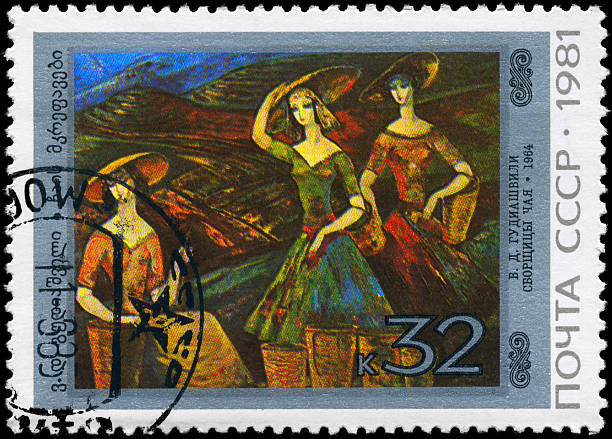Vincent van Gogh, one of the most iconic artists in history, underwent a significant transformation in his artistic style over the course of his career. His early works, characterized by dark and somber tones, evolved into the vibrant, colorful masterpieces for which he is renowned today. This evolution reflects not only his changing artistic vision but also his personal journey and struggles.
Early Works: The Dutch Period
Van Gogh’s early works, created during his time in the Netherlands, are marked by dark, earthy tones and a focus on the harsh realities of peasant life. Paintings such as “The Potato Eaters” (1885) exemplify this period, showcasing a subdued palette of browns and greens. Influenced by the Dutch masters and the realist movement, Van Gogh aimed to depict the dignity and hardship of rural existence.
During this period, Van Gogh’s primary concern was to master the fundamentals of drawing and composition. His choice of subjects—peasants, workers, and still lifes—reflected his interest in social realism. The somber tones and stark lighting of these works create a sense of gravity and introspection, mirroring Van Gogh’s own struggles with poverty and isolation.
Paris: A Shift in Palette
In 1886, Van Gogh moved to Paris, a pivotal moment that marked the beginning of a significant shift in his style. Exposed to the vibrant art scene and the works of the Impressionists and Post-Impressionists, Van Gogh began to experiment with brighter colors and looser brushwork. He was particularly influenced by artists like Claude Monet, Camille Pissarro, and Georges Seurat, whose use of color and light inspired him to abandon the dark palette of his Dutch period.
In Paris, Van Gogh’s work began to reflect a more vibrant and diverse range of colors. Paintings such as “Self-Portrait with Grey Felt Hat” (1887) demonstrate his exploration of complementary colors and the divisionist technique. The urban landscapes and portraits from this period exhibit a newfound energy and dynamism, as Van Gogh embraced the innovative approaches of his contemporaries.
Arles: The Blossoming of Color
Van Gogh’s move to Arles in 1888 marked the most prolific and transformative period of his career. Inspired by the bright light and vivid colors of the Provençal landscape, Van Gogh’s palette became even more intense and expressive. Works such as “Sunflowers” (1888), “The Night Café” (1888), and “Starry Night Over the Rhône” (1888) exemplify this period of exuberant color and emotional depth.
In Arles, Van Gogh developed a unique style characterized by bold, swirling brushstrokes and a heightened use of color to convey emotion. His landscapes, still lifes, and portraits from this period are infused with a sense of movement and vitality, reflecting his deep connection to nature and his surroundings. The use of complementary colors to create visual tension and harmony became a hallmark of his work.
Saint-Rémy and Auvers-sur-Oise: Emotional Intensity
Van Gogh’s final years, spent in Saint-Rémy-de-Provence and Auvers-sur-Oise, were marked by both prolific creativity and profound mental anguish. Despite his struggles with mental illness, Van Gogh produced some of his most iconic works during this period, including “The Starry Night” (1889), “Wheatfield with Cypresses” (1889), and “Portrait of Dr. Gachet” (1890).
The emotional intensity of Van Gogh’s late works is palpable, with dramatic compositions and a heightened use of color to express his inner turmoil. His brushwork became even more vigorous and expressive, capturing the turbulence of his emotions and the beauty he perceived in the world around him. The vibrant colors and dynamic forms of these paintings continue to captivate viewers, offering a glimpse into Van Gogh’s unique artistic vision.
Conclusion
Vincent van Gogh’s artistic journey from the dark, somber tones of his early works to the bright, vivid colors of his later masterpieces is a testament to his relentless pursuit of self-expression and his ability to adapt and evolve. His transformation was influenced by his exposure to new artistic movements, his personal experiences, and his profound connection to the natural world.
Today, Van Gogh’s legacy is celebrated in countless galleries and museums worldwide, and his works continue to inspire and move audiences. For those interested in exploring his complete works and learning more about his life and artistic evolution, the Vincent van Gogh Gallery offers a comprehensive resource, featuring high-quality reproductions and detailed insights into his remarkable career.



